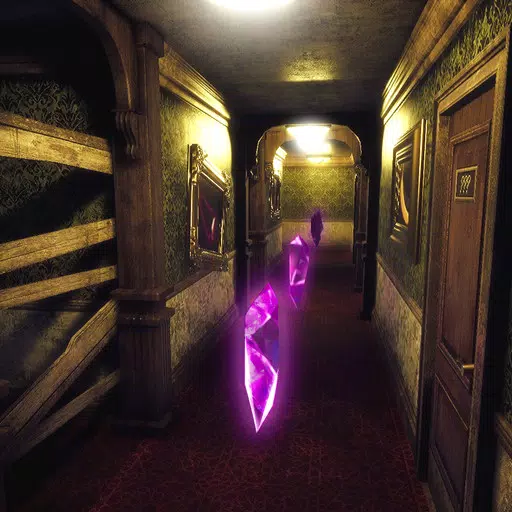In the mid-1980s, Marvel was thriving, both creatively and financially, with many of their all-time best runs in full swing. Having overcome the financial difficulties of the late '70s, thanks in part to the success of Star Wars, Marvel was poised to revolutionize the comic industry with the release of Secret Wars in 1984. This event had profound effects on the Marvel Universe and the broader comic industry, leading to numerous changes and new directions for Marvel's heroes and villains.
This period also saw the release of other iconic stories, such as Frank Miller's Born Again arc in Daredevil, the return of Jean Grey in X-Factor, and Walt Simonson's Surtur Saga in Thor, among others. In this article, we'll delve into these new directions and other significant stories from the same era. Join us for Part 8 of our exploration into the essential issues of Marvel!
More Essential Marvel
1961-1963 - The Birth of a Universe
1964-1965 - The Sentinels Are Born and Cap Dethaws
1966-1969 - How Galactus Changed Marvel Forever
1970-1973 - The Night Gwen Stacy Died
1974-1976 - The Punisher Begins His War on Crime
1977-1979 - Star Wars Saves Marvel From Bankruptcy
1980-1982 - Did the Dark Phoenix Saga Usher in the Greatest Decade for Marvel?
Frank Miller's Born Again and Walt Simonson's Surtur Saga
For some of the most acclaimed storylines of this era, one need only look at Born Again, where Frank Miller returned to writing Daredevil, this time with David Mazzuchelli on art duties. This arc, spanning Daredevil #227-233, is often considered the definitive Daredevil story. Karen Page, in a desperate state of addiction, sells Daredevil's secret identity for heroin, leading the information to fall into the hands of the Kingpin. Using this knowledge, Kingpin systematically destroys Matt Murdock's life, leaving him homeless, jobless, and friendless. At his lowest, Matt is found and saved by his mother, a nun named Maggie.
Matt's gradual return as Daredevil and the Kingpin's descent into fanaticism make for a compelling narrative. This story was adapted into Season 3 of Netflix's Daredevil and will inspire the title of the Disney+ revival series, Daredevil: Born Again.
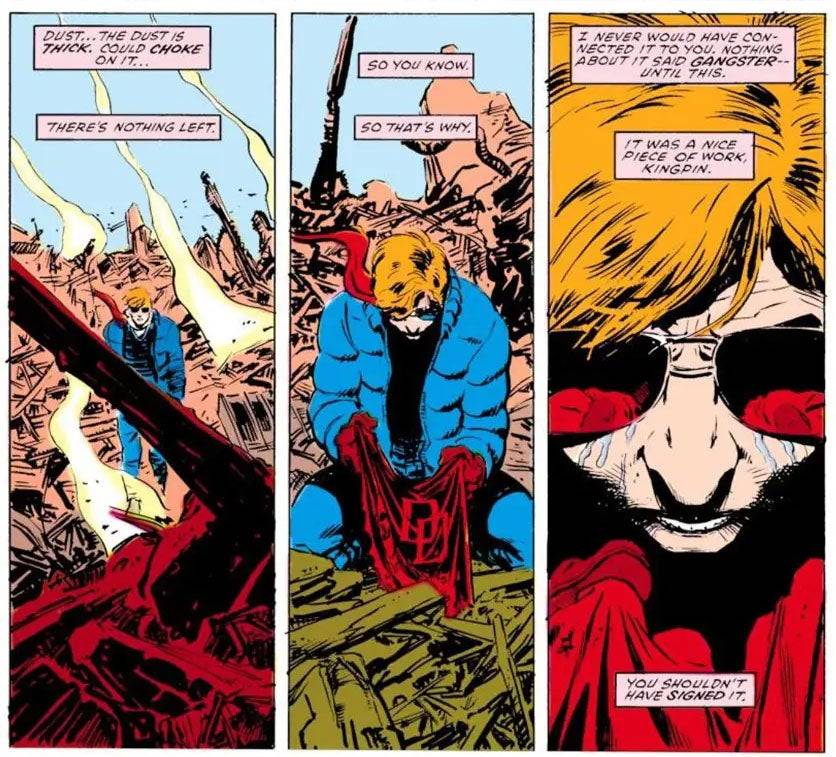 Daredevil: Born Again
Daredevil: Born Again
Walt Simonson's tenure as writer and artist on Thor, starting with issue #337 in 1983, introduced Beta Ray Bill, an alien worthy of lifting Mjolnir. Simonson revitalized Thor's series with a mythic fantasy feel, culminating in the year-long Surtur Saga from #340-353. The saga follows the fire demon Surtur's quest to bring about Ragnarok using the Twilight Sword, sending Malekith the Accursed to battle Thor and delay his interference. The story reaches its climax with Thor, Loki, and Odin united against Surtur. Elements of this saga were later incorporated into Thor: The Dark World and Thor: Ragnarok.
Secret Wars Changes Comics Forever
In Part 4 of this series, we explored how 1973's Avengers/Defenders War set the stage for the event crossovers that would dominate Marvel and DC's publishing strategies. This trend fully materialized in 1984 with the release of Secret Wars, a 12-part miniseries crafted by then Editor-in-Chief Jim Shooter, with art by Mike Zeck and Bob Layton. Conceived as part of a marketing deal with Mattel, the story involves the cosmic entity known as the Beyonder teleporting a group of Marvel heroes and villains to Battleworld to determine the supremacy of good or evil through battle. Despite its popularity due to its large cast and universe-altering effects, the story is often critiqued for its lack of depth and character consistency.
The success of Secret Wars led to a sequel, Secret Wars II, and the simultaneous release of DC's Crisis on Infinite Earths, solidifying the event model as a staple in comic publishing. While the 2015 reboot by Jonathan Hickman and Esad Ribić provided a more nuanced take on the concept, the original Secret Wars undeniably left a lasting impact on the industry.
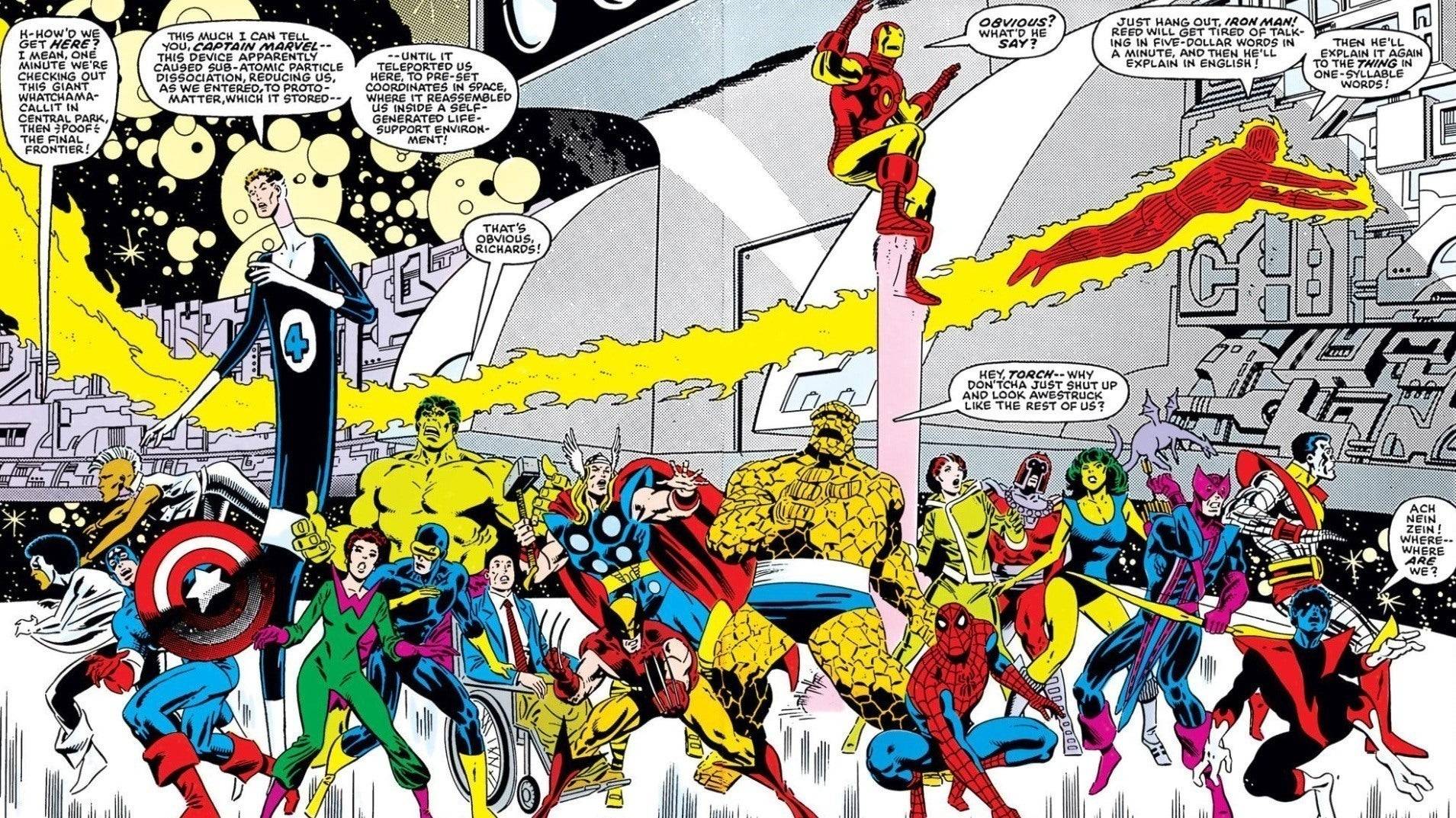 Secret Wars #1
Secret Wars #1
Spider-Man’s Symbiote Suit and Other Iconic Spidey Stories
Following the foundational runs by Stan Lee and Gerry Conway, Roger Stern took the helm of Amazing Spider-Man with issue #224, revitalizing the series. His most notable contribution was the introduction of the Hobgoblin in Amazing #238, who quickly became one of Spider-Man's most formidable adversaries. Stern's original Hobgoblin saga was unfortunately cut short due to his departure after #251, leaving the villain's identity unresolved until Stern returned to unmask him in the 1997 miniseries Spider-Man: Hobgoblin Lives.
Right after Stern's exit, Amazing #252 introduced Spider-Man's black symbiote costume, which originated on Battleworld during Secret Wars #8. This costume sparked a significant subplot leading to the emergence of one of Spider-Man's most iconic villains. The black costume has been adapted numerous times, including in Sam Raimi's Spider-Man 3 and various animated series and video games. Another pivotal story from this period is The Death of Jean DeWolff in Spectacular Spider-Man #107-110, where Spider-Man hunts the Sin-Eater and clashes with Daredevil over how to avenge Jean DeWolff's murder. This dark tale stands out as a compelling addition to Spider-Man's narrative.
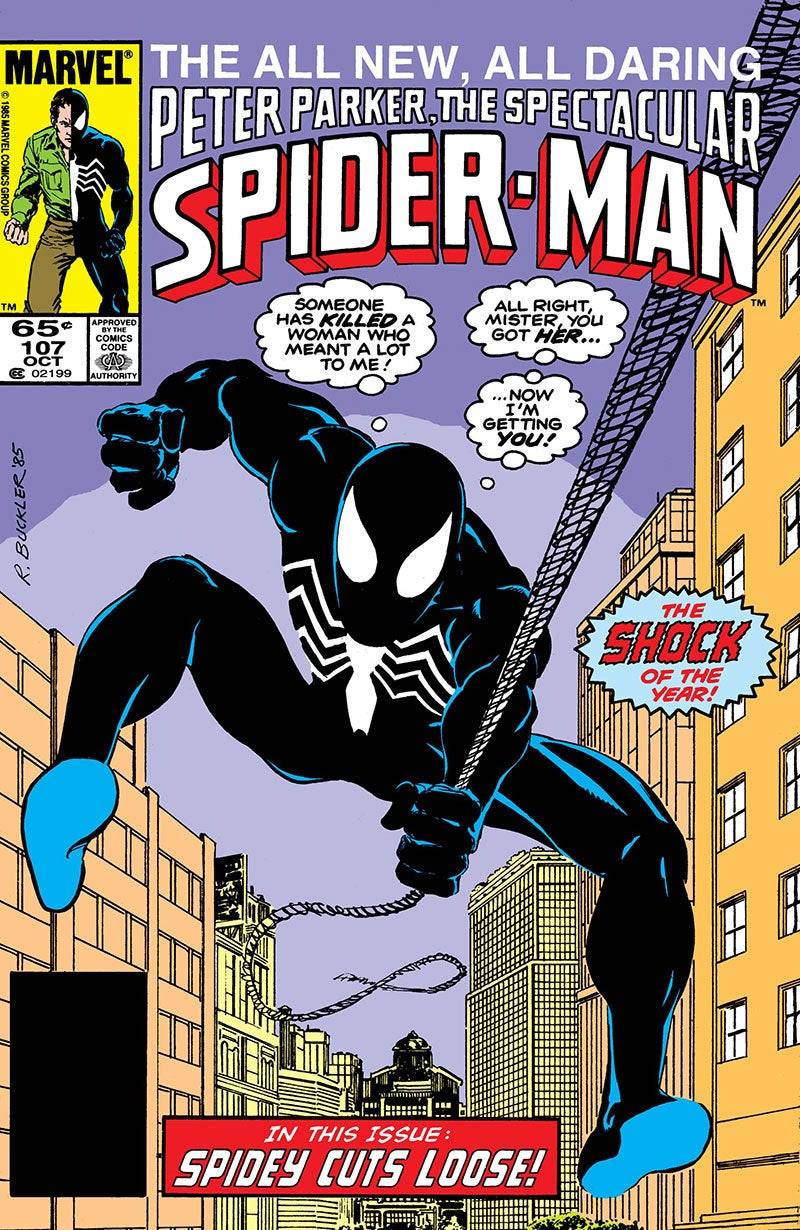 Spectacular Spider-Man #107
Spectacular Spider-Man #107
Jean Grey Returns, the Rise of Apocalypse, and Other Mutant Landmarks
The mid-1980s were also significant for the X-Men and mutant-related stories. Vision and the Scarlet Witch #4 confirmed Magneto as the father of Quicksilver and Scarlet Witch, a revelation that remained canon for decades. X-Men #171 marked a turning point for Rogue, who left the Brotherhood of Evil Mutants to join the X-Men, becoming a beloved heroine. X-Men #200 saw Magneto's trial and subsequent role as headmaster of Xavier's School for the Gifted, a storyline adapted in the second episode of X-Men '97.
The most impactful mutant stories from this era were the resurrection of Jean Grey and the introduction of Apocalypse. After the Dark Phoenix Saga, Jean Grey returned in a two-part story across Avengers #263 and Fantastic Four #286, where her body was discovered in an underwater capsule. Jean, with no memory of her time as the Phoenix, was explained to have been replaced by a duplicate created by the Phoenix Force. This plot, conceived by Kurt Busiek, led to the formation of X-Factor with the original X-Men. X-Factor #5-6 introduced Apocalypse, an ancient Egyptian mutant enhanced by Celestial technology, who became a central antagonist for the X-Men and a staple in various adaptations, including the 2016 film X-Men: Apocalypse.
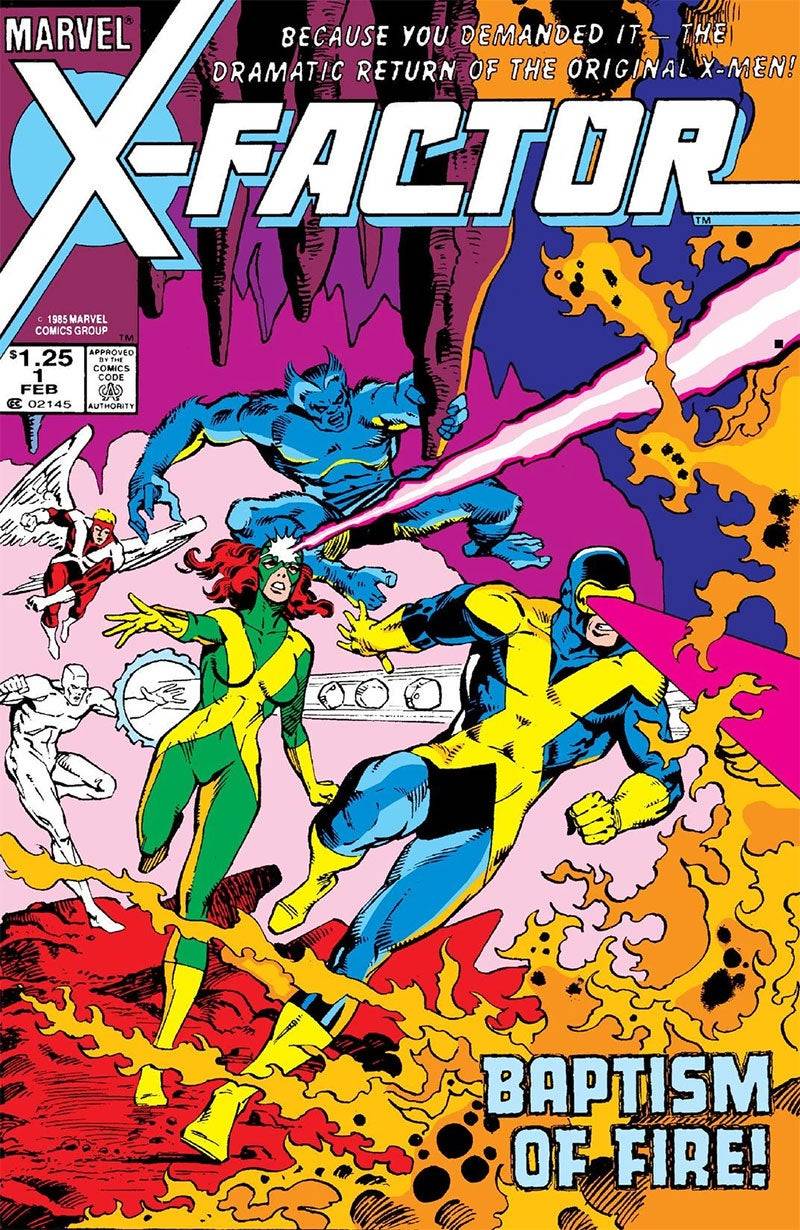 X-Factor #1
X-Factor #1

